The good, old San Juan Worm is one of the best spring-time fly patterns out there, even if you might feel a bit sheepish tying it on for fear one of your buddies will see you casting it and accuse you of high-brow cheating.
Of course, you’re not cheating—you’re imitating an aquatic food source that’s common in most trout waters, and is especially prominent in spring when flushing flows scour stream banks and load rivers with real worms.
From simple rusty or red chenille to the new Squirmy Wormy material that’s basically a length of gummy plastic that can be tied directly to a hook at the vise, “the worm” has undergone some significant changes over the years. Some materials definitely work better than others, and some are much easier to work with at the vise. Others still are more durable and can withstand that beating that the worm is known to endure.
I’ve taken to tying something of a hybrid worm—a mix of time-honored technique and a happy embrace of some new materials that make tying the worm a bit easier at the vise, particularly for a casual tier like me who doesn’t have the desire or the patience to spend much more than an hour or so at a time tying a single pattern.
Here’s the uber-simple recipe:
- Wiggler worms (large) in red, purple or brown
- ⅛-inch red bead
- Size 12-14 scud hook
- Uni Products BigFly 400 denier red thread
That’s it. Four ingredients.
The Wiggler is UV-reactive (a nice touch) and comes from Rivers Wild flies. It’s billed as the easiest fly pattern to tie since … well… the original San Juan Worm. It is pretty easy, but there are some caveats. The packaging says, “Simply tie on your favorite hook in seconds,” and I suppose you could. But, like most tiers, I like to sort of customize my Wiggler.
First, large-sized Wigglers come with a swollen mid-section—a tribute to the natural segmentation of a real worm. I like to add a bit of weight directly to my worm to avoid having to fish with (and cast) split shot on the water. So, I actually cut the Wiggler into two sections and discard the little lump of rubberized plastic or add it to my waste grinder where it’ll end up shredded and part of my next batch of dubbing material. Here’s an important little tip: cut the Wiggler at an angle. It’ll rest better on a solid thread base and it won’t jump around or spin on you when you’re tying it in.
To make up for that “segment” that I’ve removed, I attach the red ⅛-ounce bead to the the hook. That gives me some weight and a bit of flash—I like having something that’s a little easier for fish to see, given that I’ll likely be fishing the worm in stained, run-off swollen waters. Oh, and a quick note: the bead doesn’t have to be red. I’ve had just as much luck with brass beads in gold and silver as I have with red. It really doesn’t seem to matter.
Next, with your hook in the vise, make a nice thread base (this is why I use the BigFly thread—it makes a great thread base and you only use a little bit of thread in the process), and rest one of your two pieces of angle-cut Wiggler to the hook. With the tail of the “worm” stretching out over the eye of the hook, taking care not to cover the hook eye with the heavy thread, secure it tightly, but don’t apply too much pressure. Even with the larger thread, too much pressure can slice right through the Wiggler. Make a quick whip-finish and then push your bead up tight against the fly’s upper thread base.
Now, behind the bead, start a new thread base make something of a “thread dam” so it keeps the bead tight against the upper half of the fly. Then, take your second angle-cut Wiggler piece and tie it over the thread base above the bend in the hook. It should just take a few wraps to secure it properly.
Whip finish, and you’re done. Or you’re as done as you need to be. And no … don’t use head cement on this fly, unless it’s water-based. The chemicals in typical head cement will literally melt the Wiggler and you’ll be left with a bead tied to a hook (yes, it tells you this on the Wiggler’s packaging).

If you must “cement” the fly, consider using a UV resin, taking care to only cover the thread both ahead of and behind the bead on the hook. The resin won’t destroy your Wiggler if you get some on it, but it might limit it’s mobility in the water, and we want the Wigger to … wiggle.
It’s a simple pattern, and one that works like a champ fished under indicators or high-sticked through calmer water along the banks during runoff. It can also be fished in typical nymph runs throughout the year, and is a great searching pattern for trout in rivers where natural worms are common.

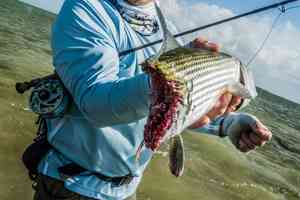
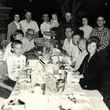

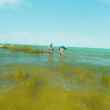




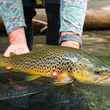






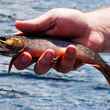
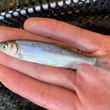
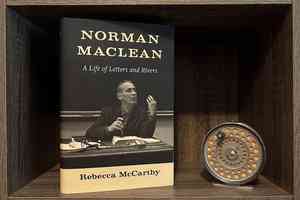

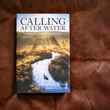
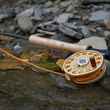
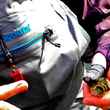
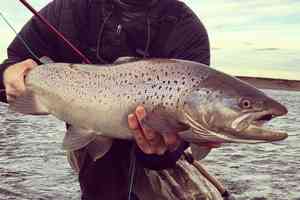
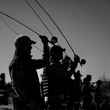

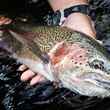
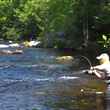

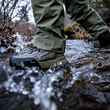

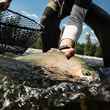
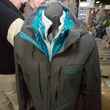
Comments